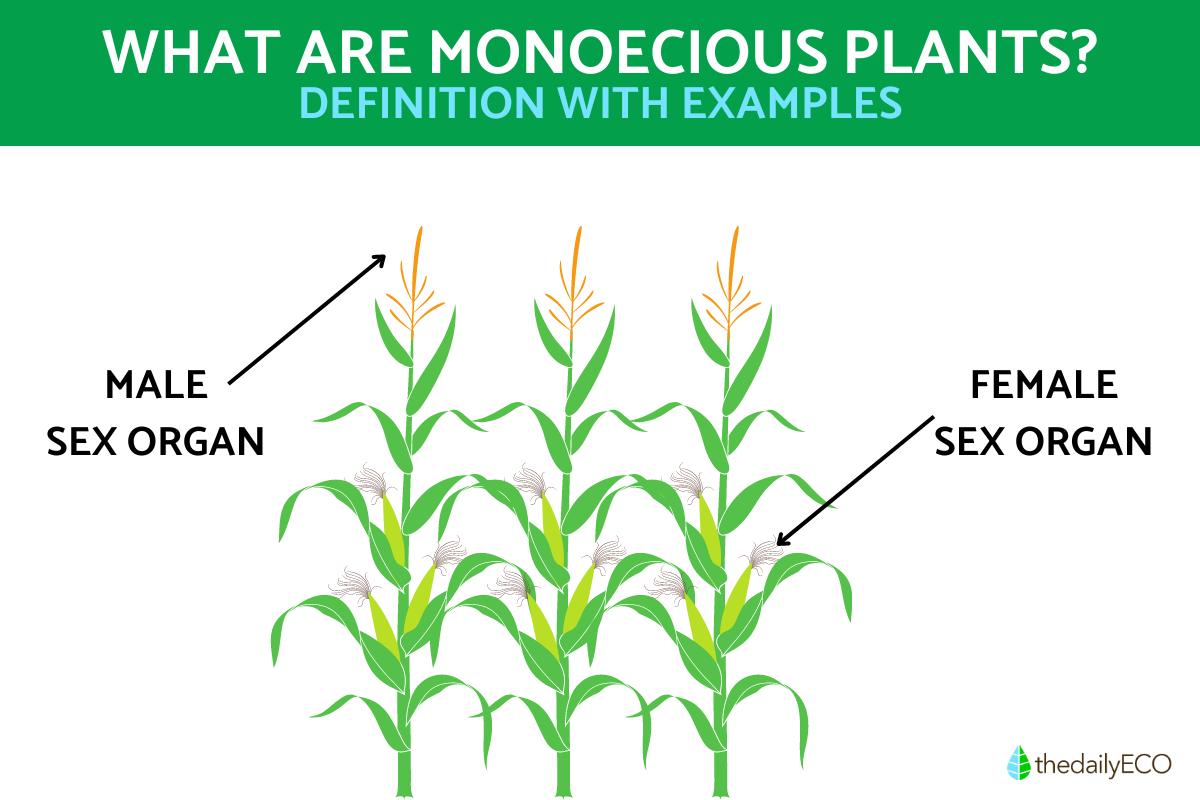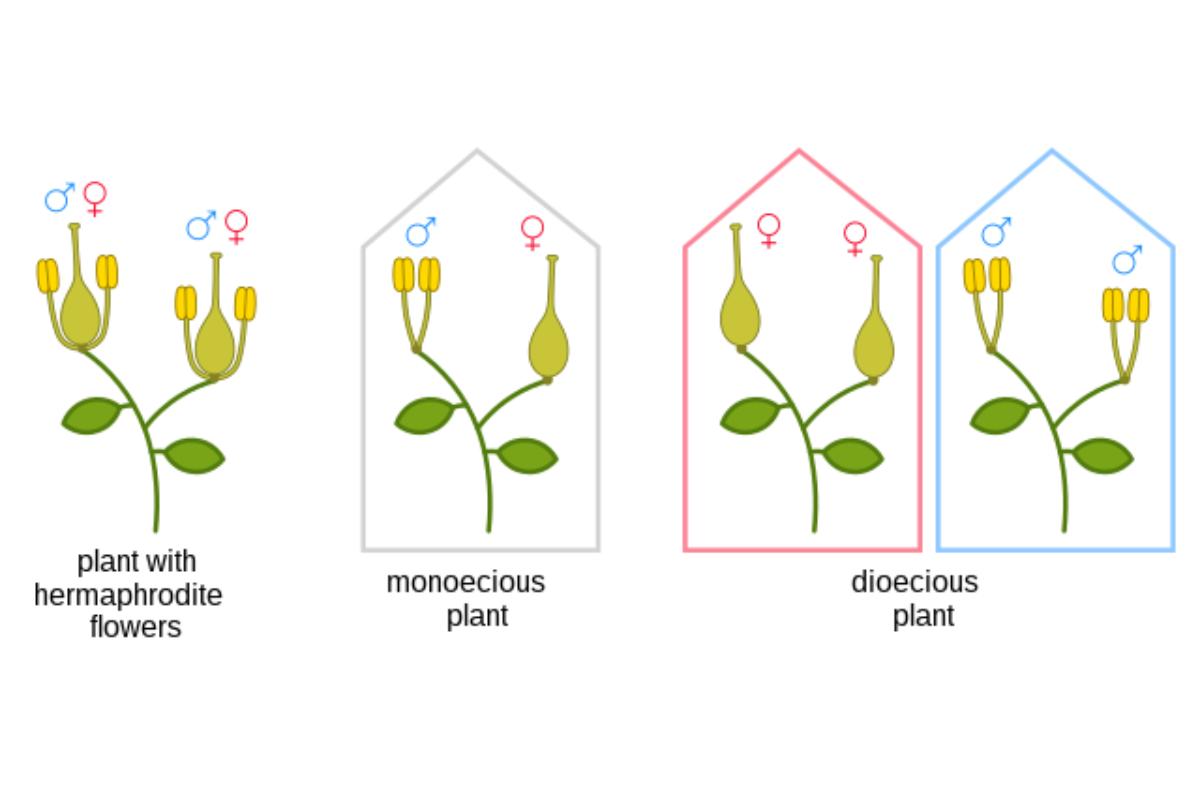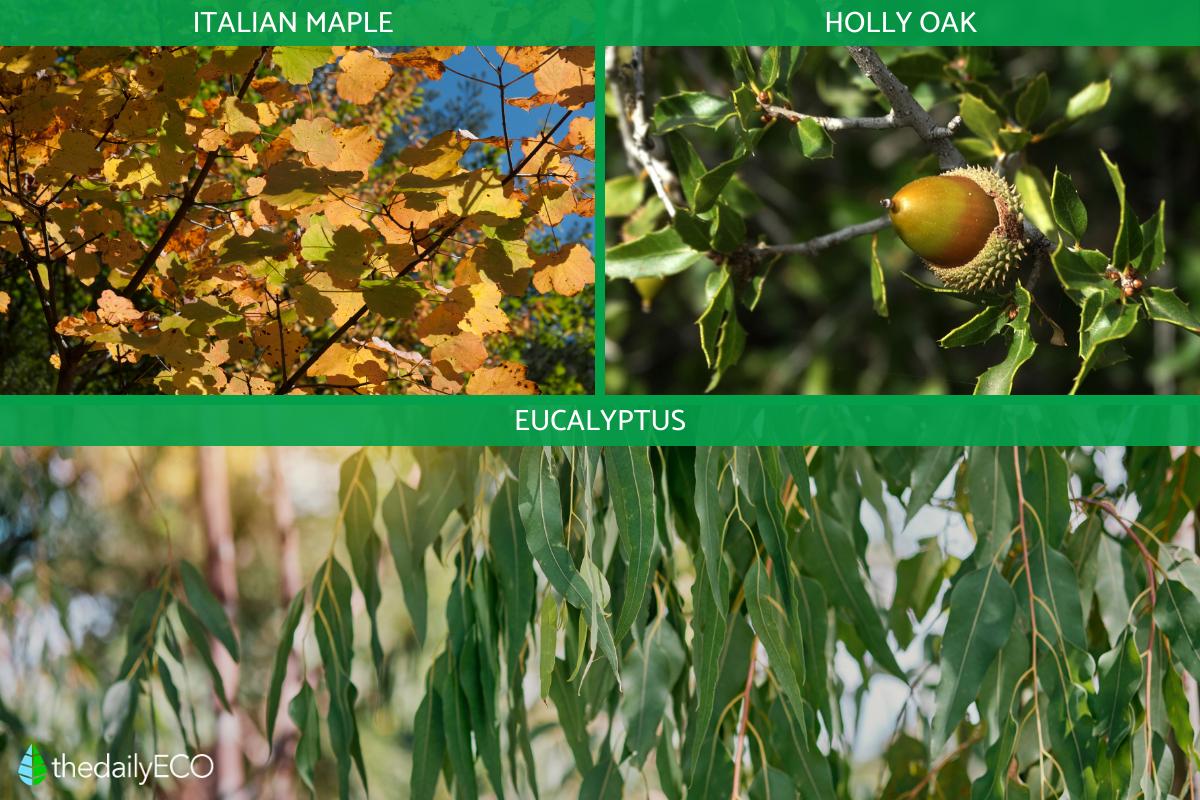What Are Monoecious Plants?

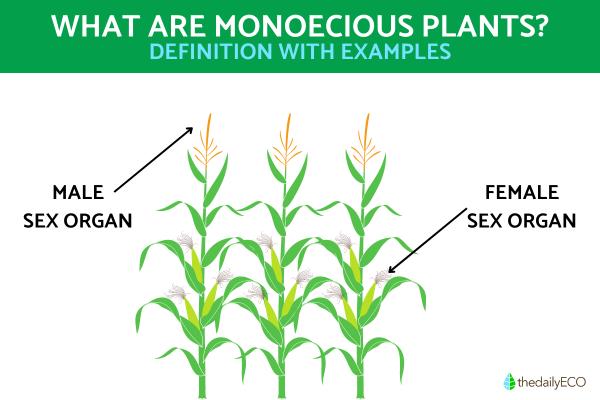
Although not well known outside of botanists, monoecious plants are very common across the globe. In fact, they are one of the most numerous types of plants in the world. The reason it is little known is because their categorization is due to their reproductive processes. There are various types of reproduction in plants, with monoecious plants often being compared to dioecious plants. At thedailyECO, we explain what are monoecious plants? We look at characteristics of this type of plant reproduction and give examples of monoecious plants with photos that you can find in the wild.
What are monoecious plants?
A very basic definition of monoecious plants is that they are plants where the male and female sexual organs are present on the same individual plant. Typically, these male and female reproductive organs are present on two separate flowers on this plant. The word comes from the Greek monoikos, with mono meaning ‘one’ and -oikos meaning ‘house’. This is in reference to two separate individuals inhabiting the same home.
Unlike animals, plants tend to have both male and female reproductive organs. When they have them on the same flower, they are known as ‘perfect flowers’. These are relatively uncommon in the plant kingdom. Most plants are monoecious with the sex organs on different flowers. Examples of monecious plants with perfect flowers exist, such as those of the Ficus genus.
Dioecious plants are those which have separate male and female individual plants, as opposed to male and female organs on the same plant. These are in the minority, with approximately 75% of the world's plants being monoecious plants. However, within this large group of plants, there are various adaptations.
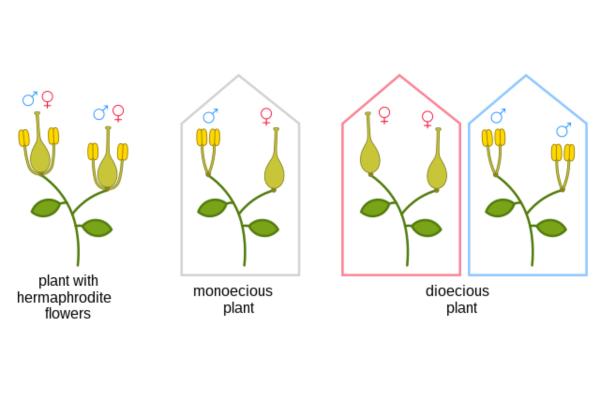
Characteristics of monoecious plants
While we have a basic definition of monoecious plants, we can better understand how they function by looking at their specific characteristics:
- As we have just seen, the essential characteristic of a monoecious plant is that we can find both male and female sexual organs n a single specimen. One of the most important classifications of plants is based on their reproduction and presence of sexual organs. Within these criteria, several terms can be differentiated. Monoecious plants, dioecious plants and plants with perfect flowers are only a few of them.
- The flowers of different monoecious plants are divided into monoclinous (monoclines) and diclinous (diclines) plants. The former are bisexual flowers that have the organs of both sexes on the same flower on the same plant. In diclines, the sexual organs present on two separate flowers on the same plant. Of all plant species, the most common are diclnie monoecious plants. One reason they are so common is because they allow the plant to reproduce both biparentally, meaning it pollinatea both itself and other plants. This is a way to best ensure the survival of the species without giving up the possibilities of genetic variety.
- Monecious types of plants tend to show their male flowers at the highest end of the plant to facilitate the spread of pollen through the elements, while their female flowers are usually lower down.
- Some monoecious plants have developed strategies or methods to avoid self-fertilization. In this way, they can further promote their genetic diversity.
Learn more about other ways plants reproduce with our guide to what are cryptogamic plants with examples?
Hermaphroditic plants
You may have wondered whether hermaphrodite plants exist. As we have explained above, they hermaphroditic plants exist, but they are less common. Hermaphroditic plants are the type of monoecious plant with monocline flowers, i.e. single flowers with the organs of both sexes in them. Monocline flowers are also commonly called perfect flowers and are very popular in areas such as agriculture, due to the ease they provide when reproducing them. This is because they do not depend on various types of pollinating animals.
Learn more about hermaphrodite plants with our article on asexual reproduction in plants and animals.
Examples of monoecious plants
You may want to know what are the best known monoecious plants. Since the majority of plants species are monecious, you will be aware of some of them. You simply might not have known what they were. With these examples of monoecious plants, you will immediately see that many of them are more common than you might have thought. You can see photos of these plants below.
Corn
Scientifically named Zea mays, this cereal from the Poaceae family has been domesticated by humans for around 10,000 years. Corn or maize is the most produced cereal in the world, ahead of other staple foods such as wheat and rice.
The well-known ears of corn are the female inflorescences, i.e. flowering parts of the plant. The corn ears are located on the sides of the plant. The male inflorescences are called spikes or panicles and are located at the highest ends of the plant.
Coconut tree
Its scientific name is Cocos nucifera. Coconut trees are a types of palm tree of the Arecaceae family, specifically the one that produces the fruits known as coconuts. These are appreciated in many countries around the world for use in various dishes, whether using the coconut flesh or the juice from inside. Even the husks can be uses in textiles and other industries.
The coconut tree is a plant typical of beaches in tropical climates, originating in the Pacific Ocean, the Indian Ocean and the Caribbean Sea. They can currently be cultivated in many more places around the world. Its inflorescences group both male and female flowers.
The seeds of coconut palms are exceptionally resistant. They can sometimes reach very distant shores washed away by the tide and end up germinating thousands of miles from the parent plant.
Almond
Scientifically named Prunus dulcis, this is a small tree that rarely exceeds five meters in height. It is another type of monoecious plant. The almond tree has its origin in Asia. It is popular for its seed, a type of nut also called an almond. it is also very popular for its beautiful five-petal flowers, beautifully presenting in shades of white or pink.
The almond is a warm-climate tree that can resist occasional periods of drought quite well. The almond seed when eaten is especially rich in vitamin E and a great antioxidant.
Other examples of monoecious plants
- Italian maple (Acer opalus)
- Holly oak (Quercus ilex)
- Eucalyptus (Eucalyptus spp.)
If you want to learn more about plant categorization, you can discover the types of pyrophytic plants and the types of spermophyte plants.
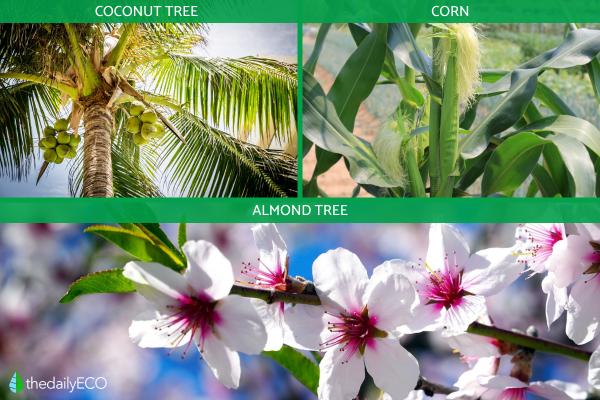

If you want to read similar articles to What Are Monoecious Plants?, we recommend you visit our Biology category.





